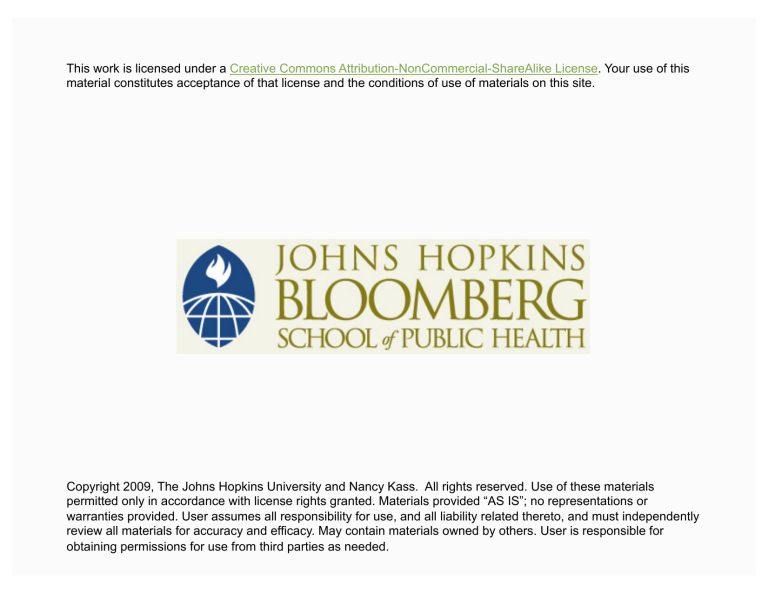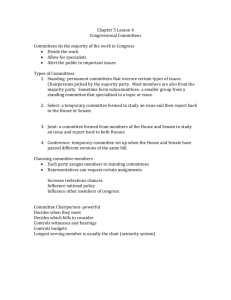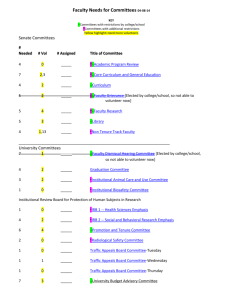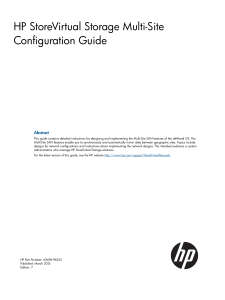This work is licensed under a . Your use of this

This work is licensed under a Creative Commons Attribution-NonCommercial-ShareAlike License . Your use of this material constitutes acceptance of that license and the conditions of use of materials on this site.
Copyright 2009, The Johns Hopkins University and Nancy Kass. All rights reserved. Use of these materials permitted only in accordance with license rights granted. Materials provided “AS IS”; no representations or warranties provided. User assumes all responsibility for use, and all liability related thereto, and must independently review all materials for accuracy and efficacy. May contain materials owned by others. User is responsible for obtaining permissions for use from third parties as needed.
Section D: Institutional Review Boards (IRBs)
Nancy E. Kass, ScD
Background: U.S. IRBs
1974–1978: National Commission for the Protection of Human
Subjects in Behavioral and Biomedical Research
Produced Belmont Report, which defined principles for ethical research
3
U.S. Regulations
Overseen by Office for Human Research Protections (OHRP), DHHS
Institution agrees it will review all federally funded human research
(or all human research, depending on how “assurance” is written)
“Federalwide Assurance” (FWA) from OHRP “assuring” that institution is in compliance with law
4
U.S. Regulations
Review locally at institution—not at U.S. government level
Independent committee
At “awardee’s” institution
At “performance site”
5
Committee Composition
At least five members, varying backgrounds
At least one non-scientist
At least one member from outside of institution
Gender balance
6
Administrative Requirements
Keep records of all communication
Keep minutes
Review at least once per year
7
Review Requirements
Risks are minimized to extent possible
Risks are reasonable in relation to anticipated benefits
Selection of subjects is equitable and justified
Consent elements, documentation
Procedures for data monitoring
Confidentiality protected
8
Expedited Review vs. Full Committee
According to U.S. rules, certain types of research may be reviewed by only one committee member
Lower-risk research
Low-risk changes to existing research
IRB itself must determine which category of research is being conducted
9
Challenges with IRB/REC Process
Only able to review what is submitted, not what occurs in the field
Not all committees make the same decisions about the same protocols
Is this a problem or not?
10
Challenges with IRB/REC Process
Only able to review what is submitted, not what occurs in the field
Not all committees make the same decisions about the same protocols
Is this a problem or not?
Some committees have inadequate training
Then tend to focus more on science or budget or just consent form
Some committees have inadequate funding
Unable to copy or review in advance
Unable to meet in person very often
11
Multi-site Research
Different models
Many sites within one country
Different sites in different countries
Issues in multi-site review
Generally must be reviewed at every site
Not all committees decide the same way
Time consuming
What to do if reviews conflict?
12
Multi-site Research
Different models
Many sites within one country
Different sites in different countries
Issues in multi-site review
Generally must be reviewed at every site
Not all committees decide the same way
Time consuming
What to do if reviews conflict?
Centralized model being tried as “pilot” approach
13







